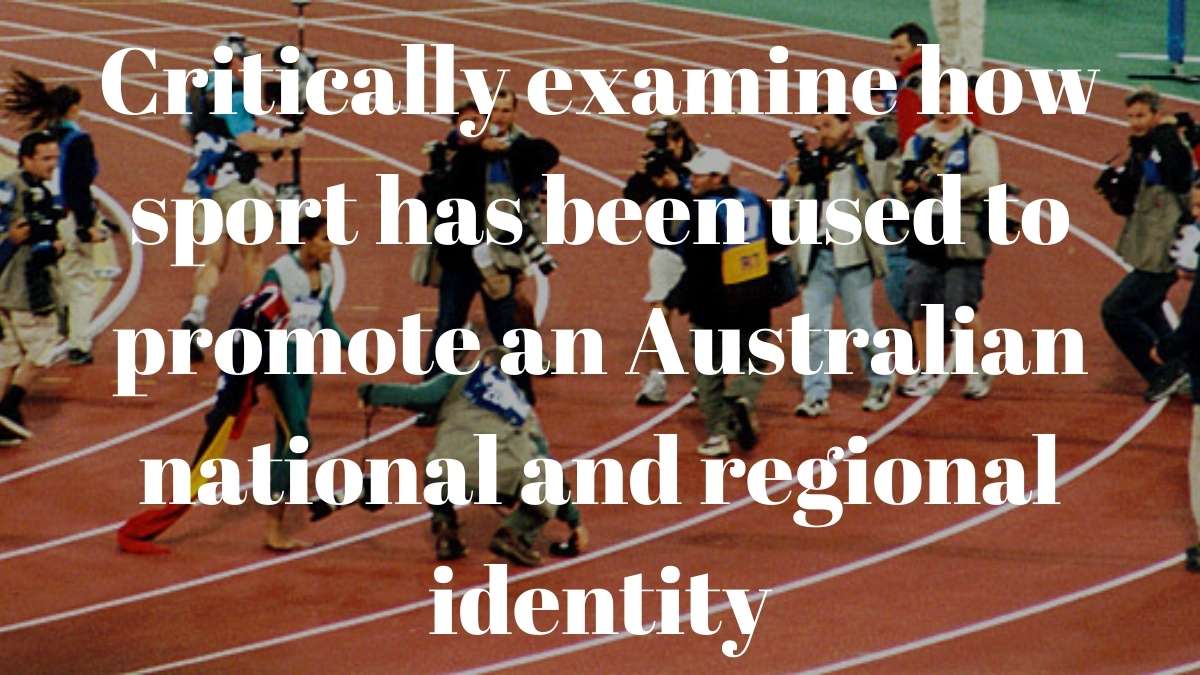Critically examine how sport has been used to promote an Australian national and regional identity
Australia’s national identify is highly connected to our sporting culture and success or failure on an international scale. Australian’s take pride in their national teams and enjoy being highly competitive against countries with much larger populations than our own. Australian sport also enjoys key rivalries with our neighbouring country New Zeland and our “motherland” England. Such rivalries can be seen in the Bledislow Cup, the ashes, and at both the Commonwealth and Olympic games. When Australian teams perform well it leads to national pride, while poor performances are embarrassing.
Australia poors a lot of funding into our sporting teams. This funding comes from sponsorships deals which allow private companies to advertise their products and services on an international scale and ride on the success of our national teams. For example, the Quantas Socceroos and the numerous commercial partners of cricket Australia are seeking to benefit from the success of our sporting teams.
The government has also been involved politically in order to maintain our sporting successes. In 1981 the government founded The AIS to improve the training of our elite sports people after the 1976 Montreal Olympic games where we did not win a single gold medal. More recently the government has hosted the Olympic games in Sydney, which saw us surpass expectations and have a very successful games as a country. Australia has also put in bids to host the FIFA World Cup and other competitions because they know sport is part of our national identity.
Our national identity is largely based on our population having a vested interest in our national sporting teams and sports people. When they succeed, such as when Leyton Hewitt won the Australian open or our Diamonds beat the Silver Ferns it fosters personal qualities such as pride and confidence. Success on a large scale can also bring with it personal accolades for the athletes. This can be seen in Steve Waugh becoming Australian of the year and receiving and order of Australia or Sam Kerr winning young Australian of the year due to her success in football around the world.
At the community level national athletes become local heroes. For example, thre is a Don Bradman oval and museum in Bowral where he grew up and south west sydney are still proud of the achievements of their Harry Kewel. Community pride in sporting teams and identity is not just limited to national sports, when club teams do well in regional areas, such as the Penrith Panthers, the local community gain a sense of pride in the team which can be seen as game attendance increases along with the sale of merchandise. Winning teams are often also granted a local parade to celebrate the success of their teams.

